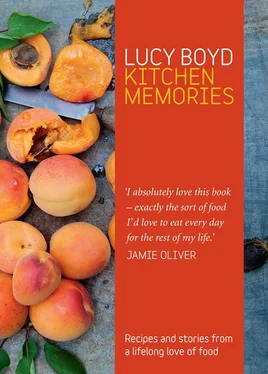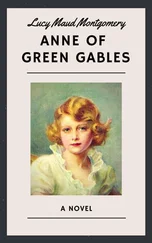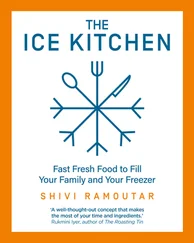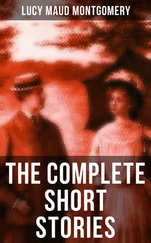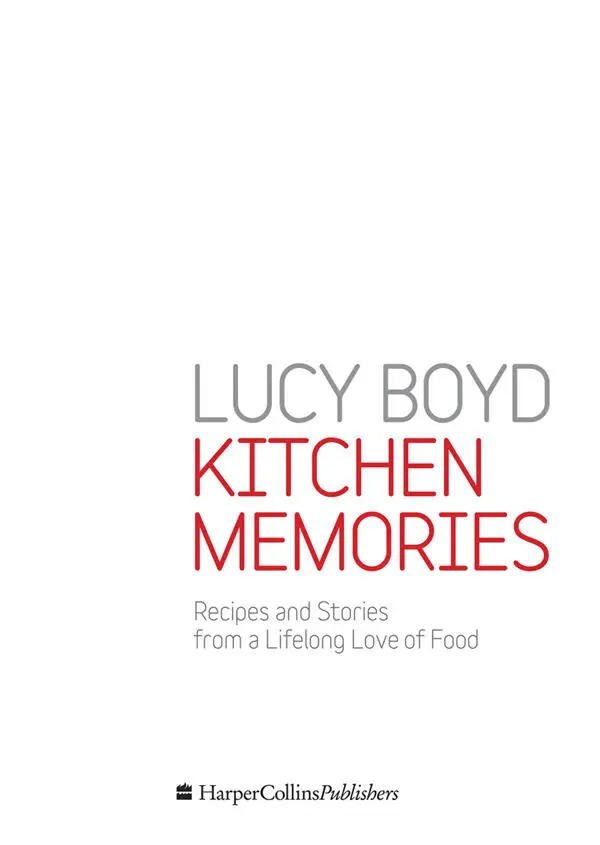
TO DAISY,
ALEXANDRA AND MIA.
COVER
TITLE PAGE
DEDICATION TO DAISY, ALEXANDRA AND MIA.
INTRODUCTION
SPRING
SUMMER
AUTUMN
WINTER
COOK’S NOTES
SUPPLIERS
LIST OF RECIPES
ACKNOWLEDGEMENTS
PICTURE SECTION
COPYRIGHT
ABOUT THE PUBLISHERS
Taste has a memory – my first oyster sitting on a plush, wine-red bar stool in Wheelers restaurant on Old Compton Street in Soho; my brothers, sister and I all lined up along the bar and instructed to plop the silver quivering muscles into our young mouths by my mother. ‘Did you bite or swallow it whole?’ I can’t remember but I know the Tabasco helped, along with a squeeze of lemon juice, the lemon wrapped carefully in muslin to prevent the bitter seeds from affecting the flavour. I still prefer to eat oysters at a bar rather than at a table – I like the informality, even though at Wheelers the presentation was formal: monogrammed linen napkins and silver cutlery; the barman dressed in black tie; a vast, chilled silver bowl full of double cream to ladle into your coffee at the end of the meal. I am sure my passion for chilli and for double cream came from this early memory.
This book is inspired by memories, by cooking with my mother and by a love of simple fresh ingredients. Writing these recipes, Rose’s influence has been in every one and perhaps I have mentioned her too much, but then she taught me how to cook and that cooking is part of family life – a pleasure, not a chore, a way of living. The recipes themselves are either meals that I make on a regular basis for family or friends or a combination of my favourite ingredients as they come into season. There are few sauces in the book; instead of a Béarnaise I will use a squeeze of lemon or a glug of extra-virgin olive oil or perhaps a little chilli to finish off a dish. I love using anchovies and herbs to season: a piece of feta broken apart with a fork on a plate with a few slices of fresh chilli, a scattering of marjoram leaves and a slug of good olive oil is a vibrant alternative to marmalade on toast for breakfast. Rose gave me, my sister and brothers a sense that cooking needn’t be complicated and could be fun and deeply rewarding.
My brother, Ossie, recently called to tell me how he had cooked a wonderful meal on the far shore of the Falmouth Estuary in Cornwall with his friend Ab Rogers. They had picked up some live lobsters which they split in half and roasted over a hot stone fire they had made on the beach. My brother had brought with him a bottle of new season’s olive oil, a lemon, salt and pepper, one egg and a jam jar. He described how he cracked the yolk into the jam jar and made a fiery mayonnaise by adding the olive oil and lemon juice drip by drip, stirring with a spoon. I was impressed by his confidence in only bringing the one egg as I would have worried that the mayonnaise might split. He seemed unconcerned, only thrilled to have made something so simple and good. I took great vicarious pleasure in Ossie’s story as it was as much about the beach and the lobster, the sea and the hot stones as the memory of our mother and her influence on my brother that he had the nerve to bring just the one egg.
Even as children, and before Rose became professionally involved with cooking, she would get excited about food. The first morello cherries of spring would be de-stoned by us sitting around the table before being thrown into a large pan with sugar and boiled to a sweet and tart dark purple jam to spoon onto her crêpes with generous dollops of crème fraîche. There were no short cuts – no bought jams from the supermarkets – the making and the preparation of a meal was something that everyone would be involved in. An intuitive understanding and respect for ingredients as well as a curiosity about their potential made everything she cooked come alive. It was this approach to food that was exciting, as well as her gift for sharing with family, friends and later on at the River Café with not only the chefs but also the waiters, getting them involved with the prepping of the ingredients. It was the participation in the making of a meal that helped to give the restaurant an air of buzz and excitement.
Rose: inventive, creative and always taking advantage of where she was in order to break from her old life into a new unfolding interest. This ethos was in the front seat of the car every day when she picked us up from school and asked, ‘What would you like for supper?’ Not sausages, not spaghetti Bolognese (this was back in the 70s), it had to be more interesting than that – perhaps macaroni cheese with thin slices of blistering tomatoes, to cut through all that Cheddar. I liked this. I liked to talk and imagine how the ingredients swayed and got on together. This feeling of enjoyment and challenge has stayed with me when I think about what to cook for a family get-together or an unexpected occasion.
It was when the family moved to Italy that the garden and surrounding countryside became so important to what was cooked at meal times. I remember a delicious lunch we made one day when Sam Clark came to visit. Dandelion leaves were gathered along with wild thyme growing by the side of the track that went up the hill behind our house, walnuts were collected from the tree in the garden and lemons picked from drooping branches which hung over the wall that divided us from the road. We had gathered together three different fillings for the ravioli we then made for lunch. Each ravioli tasted very distinct from the other. The creamy ricotta, light and sweet with the slightly bitter earthy taste of the wilted dandelion leaves and the sharp fragrance from the thyme, the bright zest from the lemon in stark contrast to the bittersweet nuttiness of the wet walnuts – three ingredients which couldn’t be more alive with their contrasting differences sitting happily on the same plate.
The kind of dishes that I cook have, like the memory of the ravioli, been created in response to the ingredients that are in season at the time, what is available and how many people I am cooking for – is it a special occasion, is it a Sunday evening supper of carbonara before school the next day or is it a plate of mushrooms on toast on a bright autumnal morning after a walk foraging for porcini? The recipes are more ideas or ways of putting ingredients together, they are not technical or difficult; they are the result of my desire to cook delicious food simply. The perfect cucumber sandwich for me is made with white poppy seed bread with a good crust, smeared with unsalted butter and cucumber sliced just fine enough to retain some crunch, then seasoned with lots of salt and black pepper. The bread has to be just right, along with firm narrow cucumbers – the larger ones contain more seed and can be flabby. I like to keep the crusts on rather than cutting them off just as I like to peel away the skin of the cucumber in stripes so there is a balance in the different tastes and textures.
I am not a trained cook although I did work at the River Café in the 90s before deciding I wanted to learn about gardening and then got a job at Petersham Nurseries. One of the first projects I completed there with my friend and mentor Pip Morrison was to create a new kitchen garden to supply Gael and Francesco Boglione (the owners of Petersham House and the nursery) with fruit and vegetables for their house, as well as working with Skye Gyngell on growing varieties that were difficult or expensive to obtain for the nursery’s Michelin-starred restaurant. I grew what I wanted to eat and cook with: cannellini beans, different varieties of chard, courgettes, artichokes, tomatoes, beetroot, squash, peas and broad beans, kale, chicory and numerous varieties of salad and herbs. Any extra unwanted seedlings were potted into coir pots to be sold in the nursery, making it possible for everyone to buy, amongst other things, borlotti beans, a plant that we started off under glass as it needs a long growing season and which can be difficult to get going in the shorter summers here. I couldn’t understand why the ingredients I had been brought up with were so hard to get hold of. Chard is as easy to grow as cavolo nero, two of my favourite leafy greens, the chard lasting throughout the spring and summer while in the winter I can look forward to the curly dense leaves of cavolo nero. The moment I see it is ready I want to eat it with a little bird, the perfect frosty November supper, the bird roasted with some good wine and the cavolo braised in a little oil and garlic.
Читать дальше
